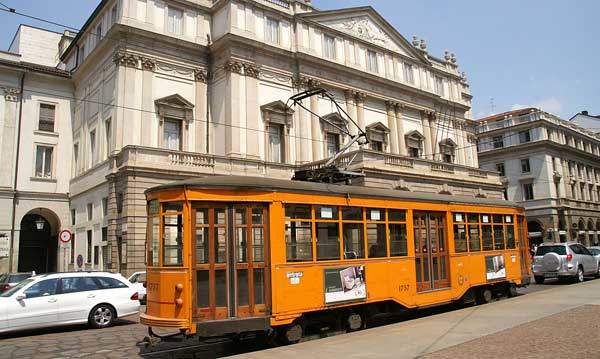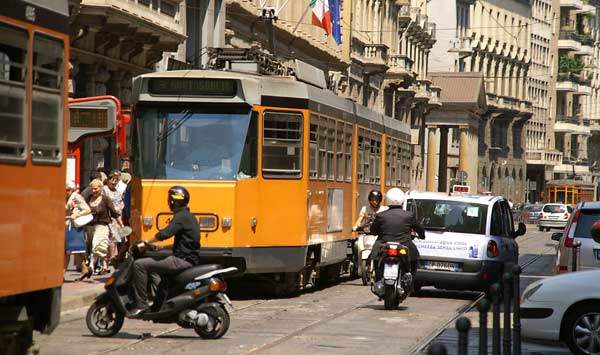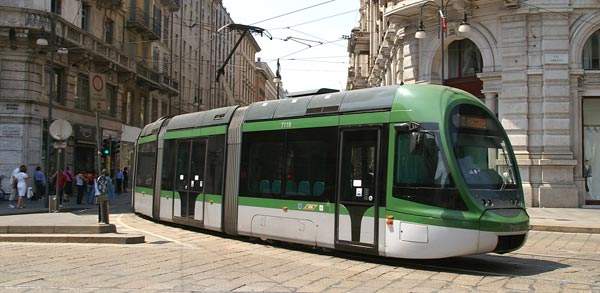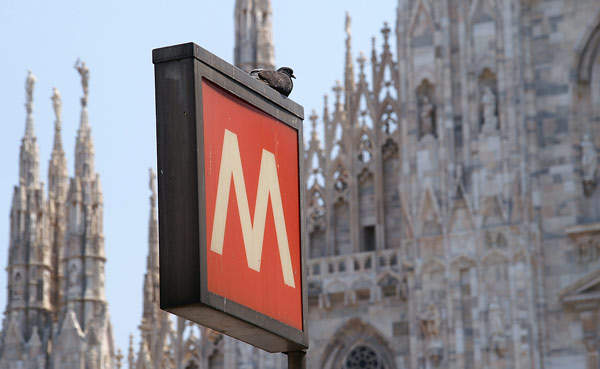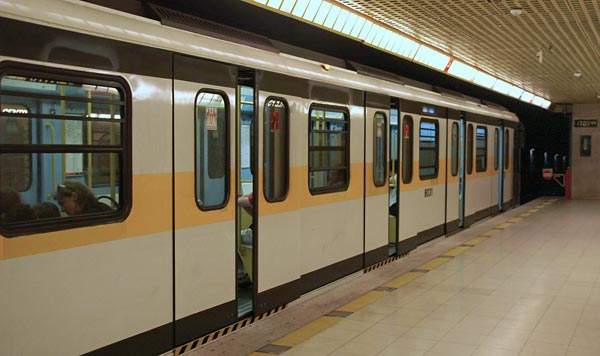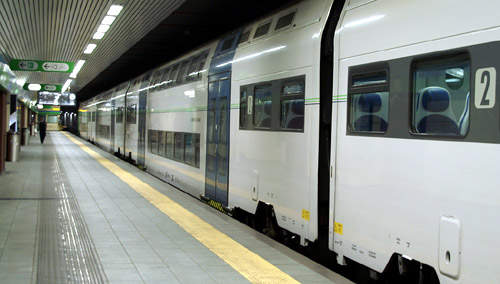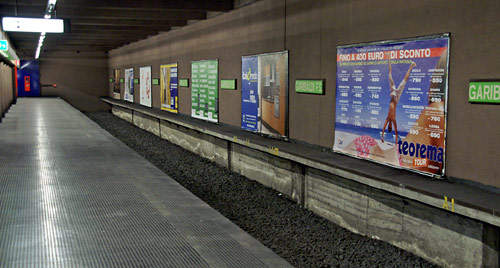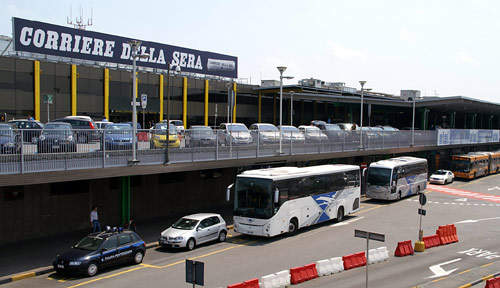Part of a densely populated area of Lombardy, the city of Milano (Milan) is of great economic significance. At a transport crossroads of routes south from the Alps and east-west across northern Italy, Milan’s position and history have made it a long established part of the European trading and cultural mainstream.
Established in 1931, the authority for Milan’s urban transport – other than for heavy rail services – is Azienda Trasporti Milanesi (ATM). They are responsible for a 88km of underground rail network covered by a three-line metro (Metropolitana), spanning over 94 stations and serving around 1.3 million inhabitants. It provides a combination of tram, trolley bus and bus services, with powers also extending to aspects of parking. It also sells transport management expertise to other authorities.
ATM further extended the scope of its operation in 2008 when, under the INMETRO brand, a joint venture with Ansaldo, it took over operation of the Copenhagen Metro.
The Milan Urban Transit project
The city can experience high levels of airborne pollution related to Milan’s prosperity, being surrounded by autostrada/motorways and with a leaning towards heavy car use. Increasing the capacity and patronage of public transport is thus seen as a long-term challenge to planners.
In spite of the scale of Milan’s public transport, coverage by the faster rail-based modes is inconsistent, with some urban areas lacking such services. The tram system is one of Europe’s largest, but much of it shares space with road vehicles and is accordingly caught up in the prevalent congestion.
In addition to ATM, main providers of rail services are the national body Ferrovie dello Stato (FS) as Trenitalia, and the sizeable FNM (formerly Ferrovie Nord Milano Trasporti), whose regional and suburban transport passenger services are now renamed Trenod.
Infrastructure
With the vast and elaborate Stazione Centrale towards the east of the central area as principal rail gateway, Milan also has other city stations handling heavy rail services including designated suburban (S) and regional (R) routes. These lines are equipped with the Italian standard electrification of 3,000Vdc overhead supply.
Providing greater operational flexibility and reducing the volume of interchanges at termini, the underground Passante Ferroviario line running north-west to south-east opened as a through route in late 2004. In planning and construction for many years, the completed Passante carries suburban traffic of Trenitalia and LeNord and is not thus far integrated with long-distance services.
With around two thirds the length of its 1940s peak of 310km, parts of the tramway are traditional in nature with much street running, especially in the centre where many routes provide intensive coverage. Improvements have been made to give clearer runs for the trams however, and the later light rail format introduced in early 2003, Metrotramvia (Metrotram) further out from the central area was extended from the existing lines (4, 7 and 15) with the Milano Lagosta – Cinisello Monte Ortigara Line that opened in December 2008.
Rolling stock
As with San Francisco with cable cars or London with red double-decker buses, Milan has forged part of its wider identity upon the four-axle Peter Witt/Carrelli tram (or Ventotto – from 1928) which remained the numerically superior type with a total fleet of around 500. However, their number has been reduced to 163. Greater capacity started from 1955 with the advent a series of six- and eight-axle trams culminating in the ‘Jumbo’ 4900 series.
Low-floor services began with 26 Adtranz (later Bombardier) Eurotrams delivered from 1999. Most modern trams are the AnsaldoBreda Sirio that, like the Eurotrams, are also deployed on Metrotramvia lines. The Metro lines use three versions of Syrian trams including series 7100, series 7500 (also known as Sirietto) and series 7600 (also known as New Sirietto).
The underground Metro operates on the newly designed Meneghino train that belongs to the interoperable family of ‘MNG’ (Metropolitana di Nuova Generazione). It was first launched in 2009 on the Red Line (M1).
Signalling and communications
In March 2007 ATM awarded Alstom a €68m contract for renewing the signalling and the installation of continuous radio links to raise capacity by 30% increase on Metro Line 1. From 2007 ATM has involved telecommunication companies in a project to extend the coverage for mobile phones of metro users, with coverage indicated by stickers at the growing number of stations and tunnel sections so-enabled.
Indicative of its standing internationally and of the care taken with public relations, ATM’s website English section extends far beyond purely functional communications about using the system.
The future
Milan has 11 designated suburban routes (designated S1-S11) being operated variously by Trenitalia and integrated with LeNord.
The most significant future projects for increased urban mobility relate to the expansion of the Metro network. Existing lines all have extension work in progress or in planning. With construction due from 2013, there will be an extra 1.9km for Line 1, 9.7km for Line 2, and 15km for Line 3.
Now under construction, the wholly new nine-station Line 5 is Italy’s first underground rail project to be financed through a public private partnership. The contract is valued at €502m. Similar to ATM/Ansaldo’s Copenhagen operation, it will feature automatic operation and platform-edge doors. It will run for 6.1km from a terminus at Garibaldi (for Metro interchange and LeNord and Passante connections) to Bignami. Work on a 6.7km extension from Garibaldi to San Siro is also in progress.
Opening is due by 2012, with a longer-term target destination of Monza. Feasibility study is underway for a further 6.3km extension from Bignami to Monza.
Due for completion by 2015, another automatic ‘light metro’, Line 4, will be opened in stages to a 15km length from the western suburb of Lorenteggio to Milan’s city-based airport Linate in the east. With completion of lines 4 and 5, it is expected that car journeys will be reduced by almost 90,000 daily.

